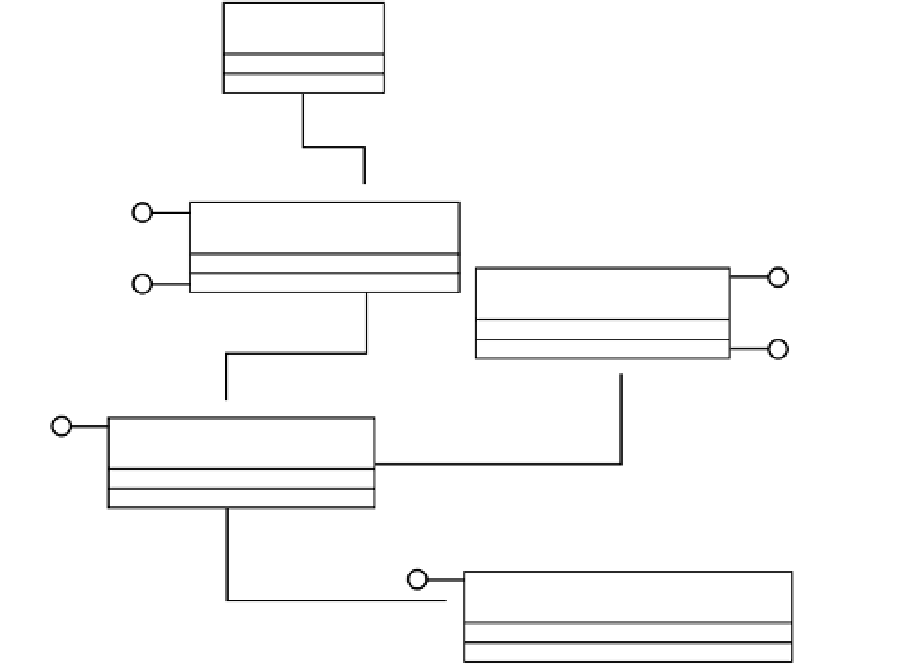Java Reference
In-Depth Information
■
Caution
Even though Java 5.0 has added dynamic stub generation to alleviate RMI developers from
explicitly invoking
rmic
on their remote classes prior to runtime, you must still do so for the certification
project. This is important:
The use of
rmic
is still required
as of this writing for the Java developer certifi-
cation project.
However, the relatively intuitive object semantics of RMI come at the expense of the net-
work. There is communication overhead involved when using RMI, and that is due to lookups
in the RMI registry and client stubs or proxies that make remote invocations transparent. For
each RMI remote object, there is a need for a proxy, which slows the performance down.
Also it is important to be aware that thread management can sometimes cause issues if
working with classes that are not designed around thread safety. Control and management of
threads in RMI is delegated to the JVM and not the program.
The Classes and Interfaces of RMI
Figure 6-7 presents an overview of the classes and interfaces of RMI.
Figure 6-7.
The RMI classes and interfaces
























































